Canada GDP contracted -0.1% mom in December, worse than expectation of 0.2% mom expansion. Goods-producing industries declined -0.6% while service-producing industries were essentially unchanged.
For Q4, GDP grew 0.2% qoq, slowest pace since Q2, 2021. Services producing industries rose 0.5% qoq while goods-producing industries contracted -0.6% qoq.
Advance information indicates that real GDP grew 0.3% mom in January. Increases in the mining, quarrying, and oil and gas extraction, wholesale trade, professional, scientific and technical services, and transportation and warehousing sectors were slightly offset by decreases in construction and retail trade.




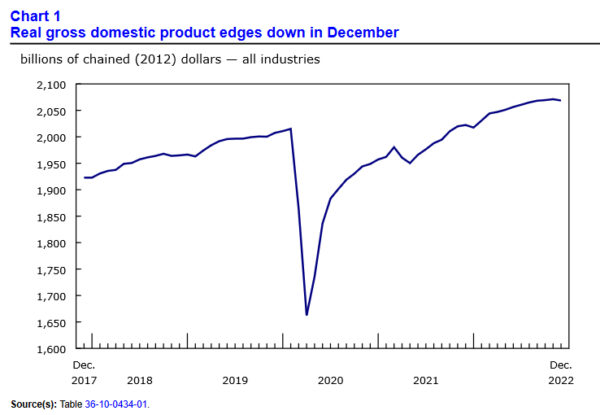
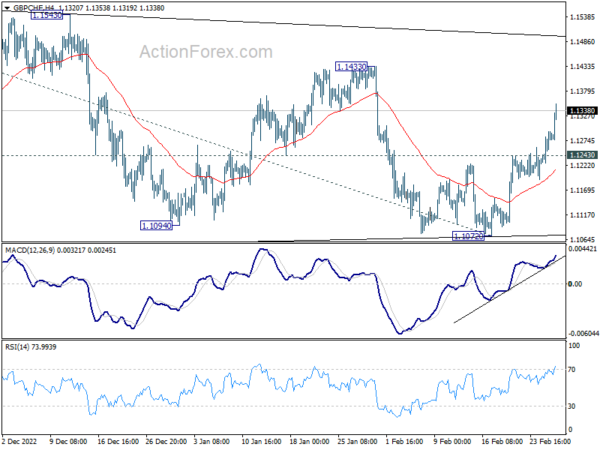
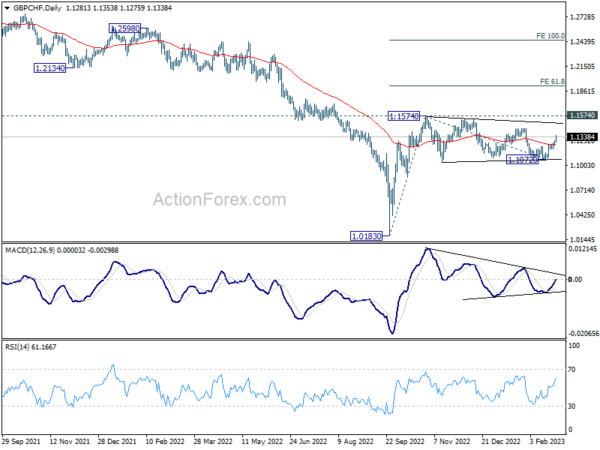
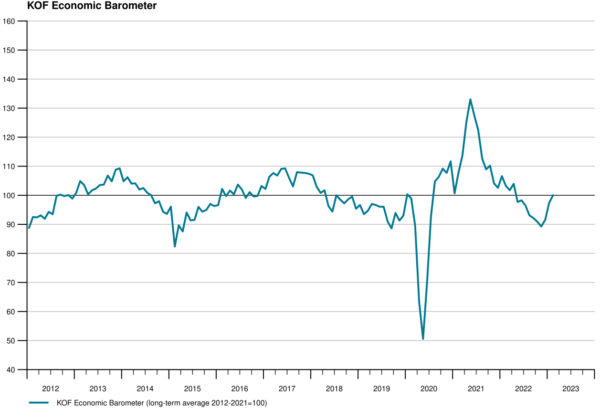
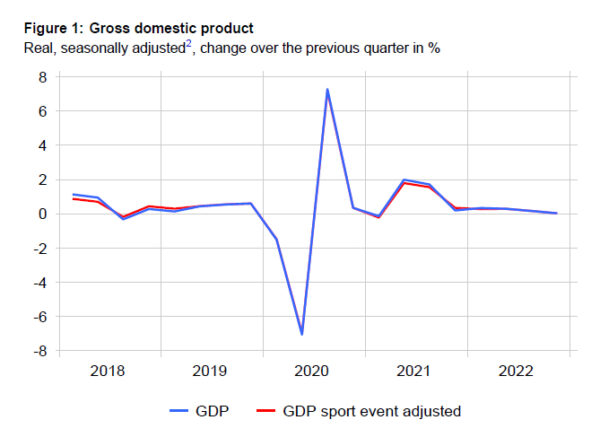
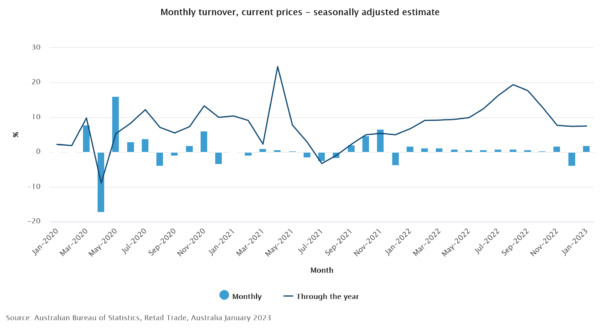
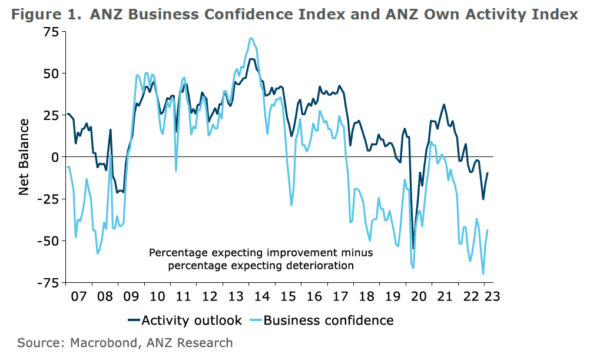
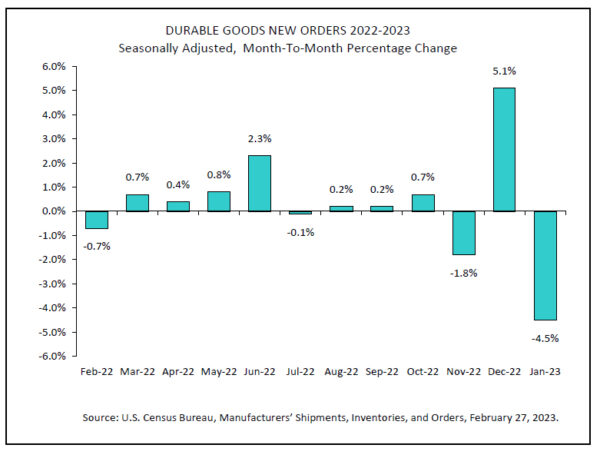
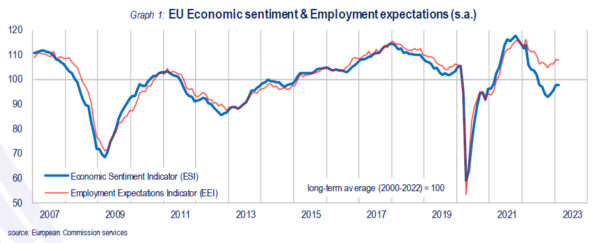
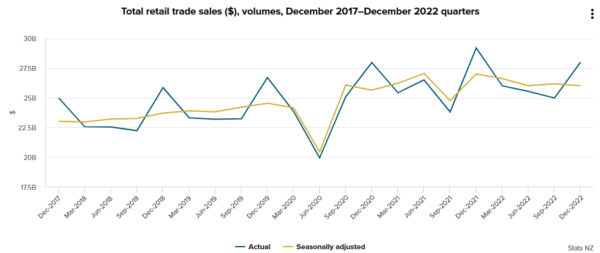
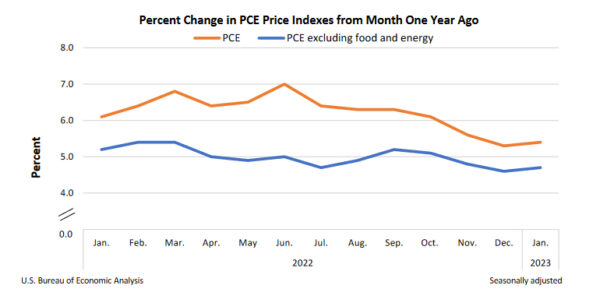

US consumer confidence dropped to 102.0, outlook appears considerably more pessimistic
US Conference Board Consumer Confidence dropped from 106.0 to 102.0 in February, below expectation of 108.5. Present Situation Index rose from 151.1 to 152.8. Expectations Index dropped from 76.0 to 69.7.
“Consumer confidence declined again in February. The decrease reflected large drops in confidence for households aged 35 to 54 and for households earning $35,000 or more,” said Ataman Ozyildirim, Senior Director, Economics at The Conference Board.
“While consumers’ view of current business conditions worsened in February, the Present Situation Index still ticked up slightly based on a more favorable view of the availability of jobs. In fact, the proportion of consumers saying jobs are ‘plentiful’ climbed to 52.0 percent—back to levels seen in the spring of last year. However, the outlook appears considerably more pessimistic when looking ahead. Expectations for where jobs, incomes, and business conditions are headed over the next six months all fell sharply in February.”
“And, while 12-month inflation expectations improved—falling to 6.3 percent from 6.7 percent last month—consumers may be showing early signs of pulling back spending in the face of high prices and rising interest rates. Fewer consumers are planning to purchase homes or autos and they also appear to be scaling back plans to buy major appliances. Vacation intentions also declined in February.”
Full release here.